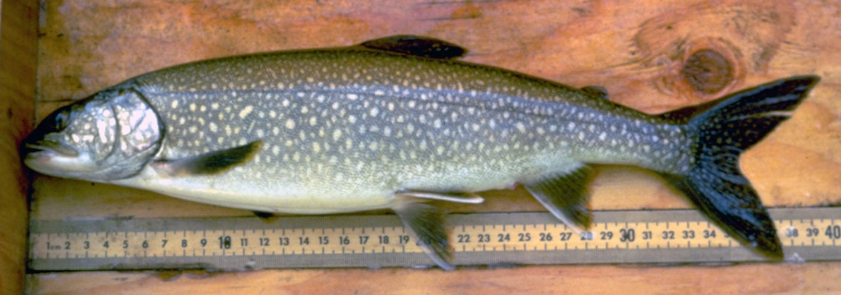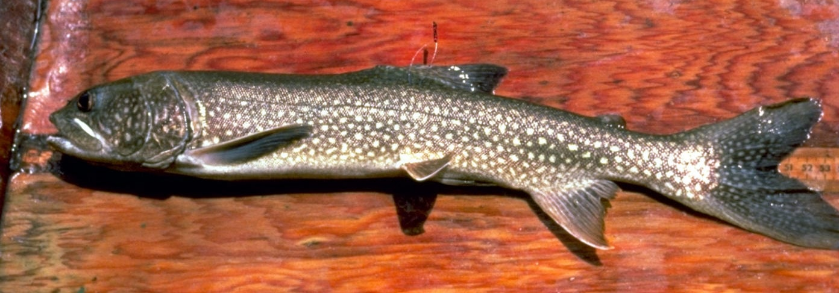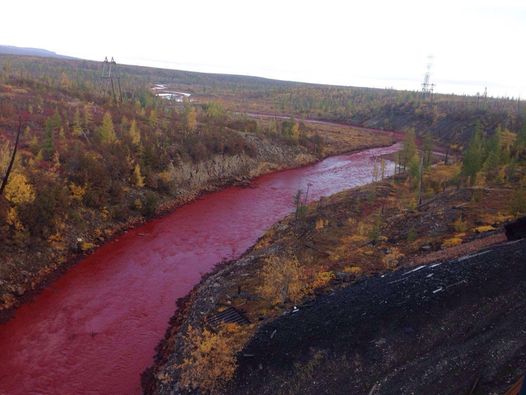“My eyes! The goggles do nothing!” – Radioactive Man
The Topical Paleolimnology arc continues with a look at a major environmental concern of the 20th century – acid rain. Although acid rain (along with lake acidification) has largely faded from public consciousness and is now considered a solved environmental problem, the legacy of acid rain is still apparent across much of North America and Europe, and rates of acid deposition continue to rise in other regions of the world.
March 2021 marked the 30th anniversary of a historic treaty between Canada and the United States. This legislation was designed to reduce transboundary air pollution, particularly the industrial sources of the emissions causing acid rain (SO2 and NOx). The results have been drastic, with the emissions in eastern North America reduced to a small fraction of their peak values. For example, SO2 emissions from the nickel mining and smelting operations in Sudbury (once the largest* point-source on the planet) are now less than 10% of what was released in the 1960s. The Inco Superstack, once an iconic emblem of the ‘solution to pollution is dilution’ is no longer in operation, and is scheduled to be dismantled.

(Source Sudbury Star)
Acid rain was first identified in the 1850s, and the term was coined in 1872 to describe how the SO2 and NOx released into the atmosphere by the processes of the industrial revolution returned to the landscape with precipitation. However, it took longer to recognize the environmental impacts on soils, lakes and streams. The direct impacts of reduced pH along with indirect impacts such as the increased mobility of metals can devastate ecosystems, affecting vegetation, aquatic organisms, waterfowl and more. Several iconic images of the harm caused by acid rain come from the Experimental Lakes Area of Northern Ontario, where it was demonstrated that even when organisms such as lake trout were able to survive acidification, the loss of their prey condemned them to starvation.

(before experimental acidification)

(after the loss of key prey organisms)
Today, despite many surface waters having recovered from from acidification, in many instances this recovery is incomplete. The decades of acid deposition have dual legacies, the first being the development of paleolimnology, and the second the long-term impacts on the soils and watersheds of affected regions where biological recovery has been slower than anticipated (particularly in softwater regions such as the Boreal Shield).
One possible mechanism for the lack of biological recovery despite rising pH values is the decline of calcium (Ca) concentrations in many softwater lakes to levels near threshold values for key aquatic invertebrates. Loss of Ca-demanding taxa such as Daphnia resonates through food webs where they are often the dominant algal grazers, and principal prey item for many larger invertebrates and small fish. The recovery of watershed Ca concentrations may take a long time and we are starting to see the exploration of Ca restoration projects, such as recycling residential wood ash in Muskoka, Ontario.
Although acid rain may be perceived by many to be a solved problem, a large asterisk is required on its Mission Accomplished banner. Yes, acid rain has been halted in much of North America and Northern Europe and the current trajectory is one of recovery, but that recovery is unlikely to be complete and instead is a transition to a less acidic third state.
On a global scale however, acid deposition as a result of industrial emissions is not a solved issue at all. Fundamentally, acid rain is a regional issue, in terms of both the problem and the solutions. In some regions of the globe, acid rain is a growing concern, such as downwind of industrial regions of China; however, given the history in North America, the technological solutions to the issue can likely be implemented elsewhere, when properly motivated.

Interestingly, there are many parallels between acid deposition and climate change as ecological problems. The progression of both debates are similar regarding the scientific questions about the underlying mechanisms, evidence of industrial impacts, resistance from industry (and the public) regarding the validity of the evidence, and the challenges of translating scientific findings into political action. Can acid rain offer a template for addressing global climate change? There are tremendous difficulties associated with solving a global rather than regional problem, and the current pandemic has proven how difficult it can be to convince people to address existential crises.

